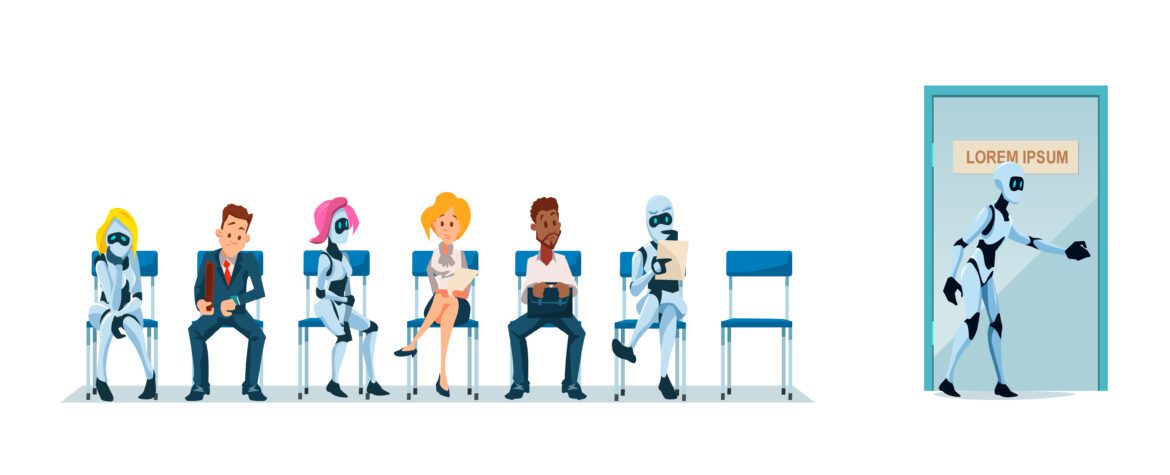Navigating the Future of Work: Understanding the Impact of Automation and AI on Employment and Job Displacement
- Home
- Navigating the Future of Work: Understanding the Impact of Automation and AI on Employment and Job Displacement
- editordesk
- May 5, 2023
- 0 Comments
The rapid advancements in automation and artificial intelligence (AI) are reshaping the landscape of work, bringing both opportunities and challenges to the labor market. While these technologies promise to increase productivity, streamline processes, and generate new industries, they also raise concerns about job displacement and the changing nature of work. In this blog post, we will delve into the impact of automation and AI on employment and job displacement, discussing the potential implications and strategies for adapting to this new reality.
The Potential for Job Displacement
One of the most pressing concerns surrounding automation and AI is the potential for job displacement, as these technologies have the ability to perform tasks previously carried out by human workers. Research indicates that certain jobs, particularly those involving routine, manual, or repetitive tasks, are at a higher risk of being automated. This could lead to significant job displacement in industries such as manufacturing, retail, and transportation.
The Creation of New Jobs and Industries
While automation and AI may displace some jobs, they also have the potential to create new jobs and industries. As these technologies become more sophisticated and integrated into various sectors, new job opportunities may emerge in areas such as AI development, data analysis, and robotics engineering. Moreover, the increased productivity and efficiency brought about by automation could spur economic growth, leading to job creation in other sectors.
The Changing Nature of Work
Automation and AI are not only displacing jobs but also transforming the nature of work itself. As these technologies take over routine tasks, the demand for higher-level cognitive and interpersonal skills is expected to grow. This shift may require workers to acquire new skills and competencies to stay competitive in the job market, emphasizing the importance of lifelong learning and continuous professional development.
Strategies for Adapting to the Impact of Automation and AI
To minimize the negative consequences of automation and AI on employment, several strategies can be adopted:
Emphasize Education and Training: Ensuring that workers have access to education and training programs that develop relevant skills and competencies is critical for adapting to the changing labor market.
Promote Lifelong Learning: Encouraging a culture of lifelong learning can help workers stay competitive and adapt to new technologies and job requirements.
Foster Workforce Development Partnerships: Collaboration between employers, educational institutions, and government agencies can help align workforce development initiatives with industry needs and emerging trends.
Implement Social Protection Policies: Policymakers should consider implementing social protection policies, such as unemployment benefits and job transition support, to assist workers displaced by automation and AI.
Conclusion
The impact of automation and AI on employment and job displacement is a complex and multifaceted issue, with potential implications for individuals, businesses, and economies. While these technologies may lead to job displacement in some sectors, they also offer opportunities for job creation and growth in others. The key to navigating this new reality lies in understanding the potential implications, developing effective strategies for adaptation, and fostering a culture of lifelong learning and collaboration. By embracing these principles, we can ensure that the workforce is prepared for the challenges and opportunities of the future, maximizing the benefits of automation and AI while minimizing the risks.


Leave A Comment